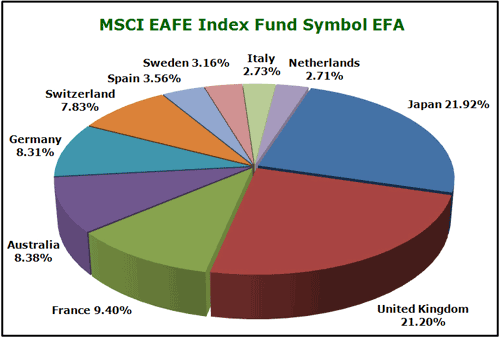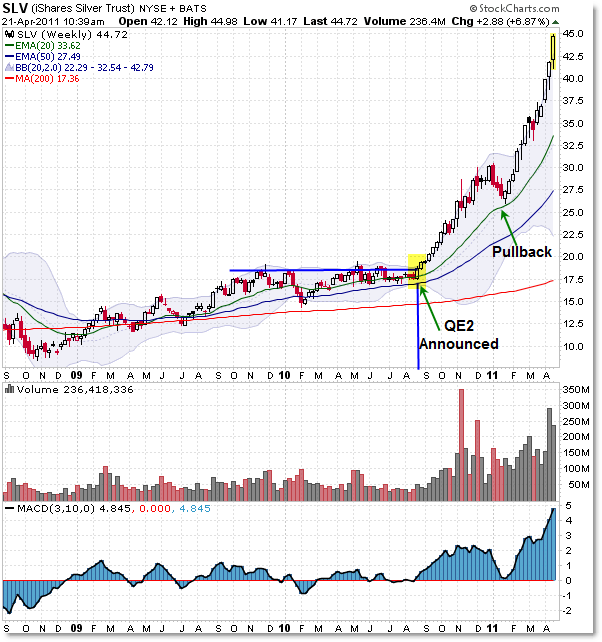Leveraged and inverse ETFs are too risky Apr 6 2011
Post on: 15 Сентябрь, 2015 No Comment

The number of ETFs has ballooned in recent years, but not all are created equal. Click the chart for more data on ETFs. by Ken Sweet, contributing writer April 6, 2011: 10:16 AM ET
NEW YORK (CNNMoney) — The market for exchange traded funds has really heated up over the past five years, with more than 1,100 funds to choose from. But some of the best performing ETFs may not be the best option for the average investor.
These funds are designed for active traders, for people who want to make aggressive bets on a part of the market, said Michael Iachini, director of investment manager research with Charles Schwab.
Unlike regular ETFs, which track a stock, an index, commodity or basket of commodities, these specialized ETFs take it to another level by adding on the more volatile put and call options, and derivatives so you wind up with a supersized ETF, if you will.
You can double or triple your returns because of those added benefits but the volatile nature of puts, calls and derivatives, make it a riskier play for average investors.
These products are behaving exactly as they are designed, but retail investors need to know there are products they simply shouldn’t touch, said Mike McGrath, director of ETFs for TD Ameritrade.
It’s not uncommon for leveraged and inverse ETFs to quickly jump to the top of Morningstar’s top-performing ETF list following a market event like the earthquake in Japan or a spike in oil prices.
But just because a leveraged technology ETF is up 30% in a week doesn’t mean it will continue to perform that way the next week. For example, the ProShares UltraShort MSCI Japan (EWV ) jumped nearly 25% following the March 11 earthquake in Japan, only to fall more than 15% the following week.
Today, there are literally hundreds of leveraged and inverse ETFs, with billions of dollars under management. ProShares, the first company to offer such products, has 119 of these funds.

Most of the major inverse or leveraged ETFs are marketed with the prefix Ultra, 2X, 3X Double Long or Inverse followed by the sector that the ETF specializes in. For example, the ProShares Ultra Financials (UYG ) provides double leveraged exposure to the Dow Jones U.S. Financials Index, a Dow Jones index that tracks banks and other financial companies.
Fund management company Direxion offers triple-leverage sector ETFs, allowing an investor to bets on the direction of everything from gold to the Chinese stock market.
Several of these products are simply dangerous for the retail investor, said Christian Magoon, an ETF-focused investment strategist.
Magoon is not alone. The Securities and Exchange Commission, FINRA (the self-government securities industry regulator), and many retail brokerage houses have raised red flags about these ETFs.
Experts say investors would be better served by investing in ETFs designed with a longer timeframe in mind, such as State Street’s S&P 500 SPDR (SPY ), which tracks the broad S&P 500 (INX ) index, or sector-specific ETFs like S&P Oil & Gas Exploration & Production SPDR (XOP ) or the Gold Shares SPDR (GLD ).














